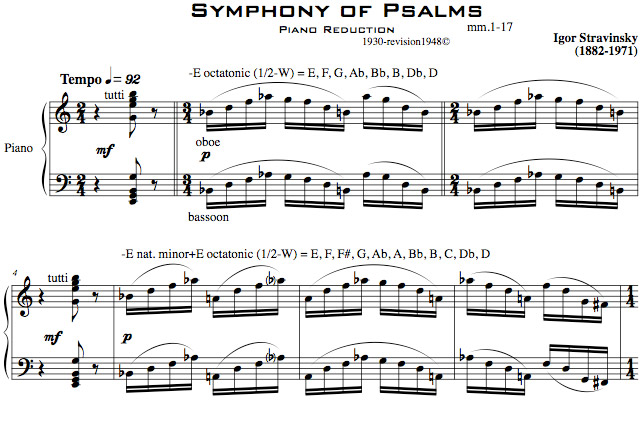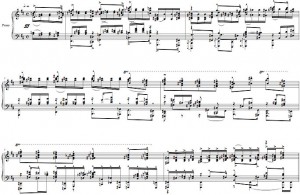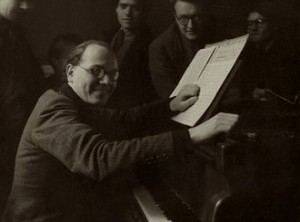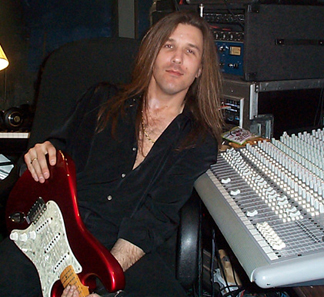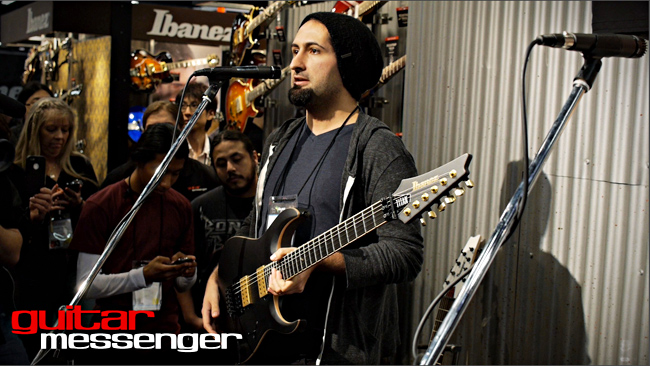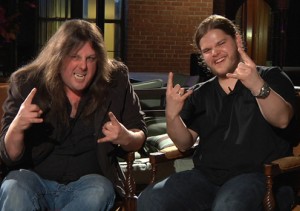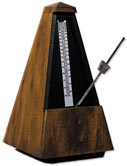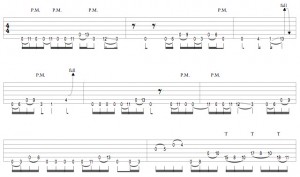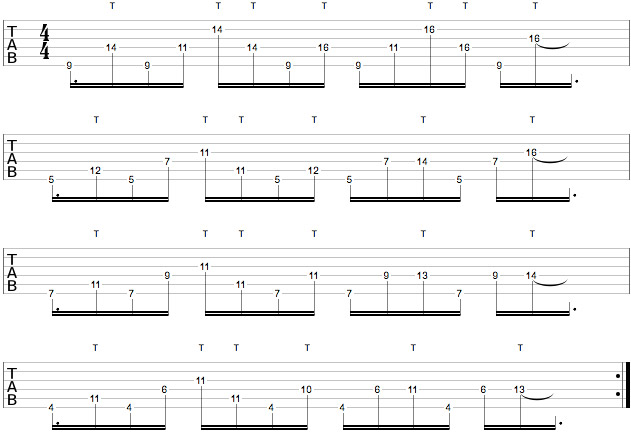I mentioned in the introduction to this column that it was my goal to talk about certain topics that rarely get mentioned on guitar related sites, or for that matter any site that is out there. This will be the first such column that I write for this site, which essentially deals with one or more works by a composer, and deals with an application of a topic that is not common to most guitar players or at least is an expansion on certain things guitar players might have heard about but never understood or saw applied.
For this column in particular we are going to talk a little about the octatonic scale; it should be noted that by octatonic I mean the diminished scale and/or its only mode. In classical music the octatonic scale has come to mean that specific pitch set (and/or its mode) and not any of the other possible eight note pitch collections. Outside of talking about the scale’s properties and some of the possible harmonizations for it, we are going to be looking at a work that uses it extensively.
That work is the Symphony of Psalms by Igor Stravinsky (1882-1971) – one of the most important works out of the 20th century. More specifically, we will be looking at how Stravinsky utilizes the octatonic scale (½ – W mode), not as an exotic sound over a chord, or as a “lick” as most guitar players will be accustomed to hearing when confronted with this scale; but rather how Stravinsky builds the entire 1st movement of the Symphony of Psalms from pretty much a single octatonic collection, derives the harmonic and melodic attributes of that movement from that one single set, and finally how he manages to balance that entire movement of this masterpiece on the ambiguous properties found within the octatonic scale. But, before we get to work, let’s look at what the octatonic scale is all about.
Octatonic Scale from C: ½, W, ½, W, ½, W, ½, W (known as the Half-Whole Diminished Scale)

Other available Mode of the Octatonic scale from Db: W, ½, W, ½, W, ½, W, ½ (known as the Whole-Half Diminished Scale)

These are the only two modes available for this scale; every other inversion of this scale will yield either the intervallic ratio of the first scale or the second, always ½-W or W-½. When we look at the Symphony of Psalms, you will notice Stravinsky usually exploits the ½-W permutation of the scale, as opposed to the W-½.
Furthermore, there are only three possible transpositions for the octatonic scale, after which you find yourself circling around inside one of those three previous permutations no matter which intervallic transposition you used.

In regards to major/minor triads found inside this scale? There will be eight major and minor triads for each of the 3 possible transposition levels of the octatonic collection. Here are the eight major and minor triads from C octatonic (½-W mode):

Let us now get into the Symphony of Psalms, and how Stravinsky controls an octatonic collection (E ½-W mode. It should be noted that anytime I say E octatonic I in fact mean E ½-W collection in regards to this work of Stravinsky’s) to derive most of the material in the first movement.
Let me take this time to say that we will be working with a piano reduction of the full score; this will make things easier to digest and comprehend.
The work is originally scored for:
- 5 flutes (5th doubling piccolo)
- 4 oboes
- English horn
- 3 bassoons
- Contrabassoon
- 4 horns in F
- Piccolo trumpet
- 4 trumpets in C
- 3 trombones
- Tuba
- Timpani
- Bass drum
- 2 pianos
- Harp
- Cellos and Contrabasses (no violas or violins)
- Four-part chorus: soprano, alto, tenor, and bass



